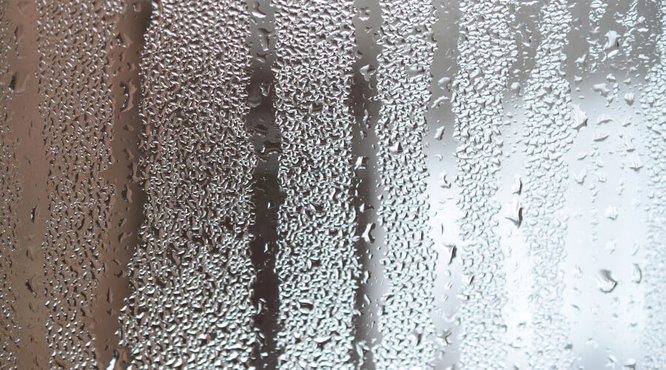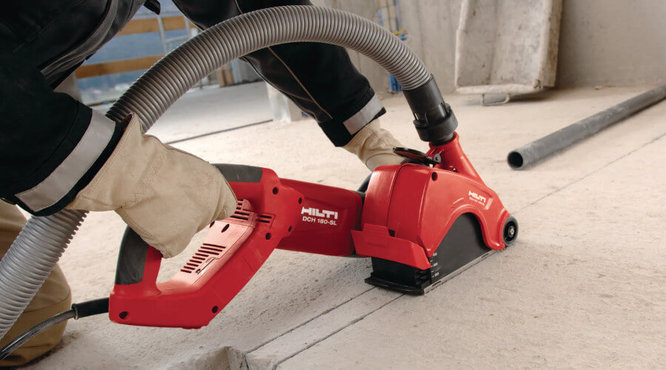How To Absorb Condensation From Windows
The accumulation of condensation on windows can impact the look and feel of a room. It can also lead to mildew, damp, mould, ice formation and even permanent structural damage! The best way to absorb condensation from windows is to use a dehumidifier. Unfortunately, condensation can be a telltale sign that the relative humidity in the room is too high, and that could be the reason why you're noticing other troublesome issues like damp spots, peeling wallpaper, and sticky air that wreaks havoc on your allergies!
What Is The Best Way To Remove Moisture From A Room?
The best way to remove moisture from a room is by using a dehumidifier. You can raise the temperature of a room using a heater, and you can improve ventilation and airflow using a fan or opening windows. Doing either helps moisture to evaporate from surfaces and from walls and floors. But, once the moisture is in the air, you need to extract it. Otherwise, it will simply absorb back into the walls, floors and condensate onto surfaces. A dehumidifier offers a simple and effective way of removing moisture from the air in a room. A dehumidifier draws the humid air in, removes the moisture and circulates the dry air back into the space. A dehumidifier helps improve the air quality. It also reduces musty smells that are a common complaint in damp rooms.
What Does A Dehumidifier Do? Will It Get Rid Of Damp?
Dehumidifiers reduce and maintain the level of relative humidity in the air. They are electrical appliances that extract the excess moisture from within the air. Dehumidifiers have many health and comfort benefits. They also prevent the growth of bacteria - preventing mildew, mould, rot, etc. Dehumidifiers are suitable for a massive range of applications. You can find domestic, commercial, and industrial dehumidifiers for every environment. You can use them in the home, in warehouses, construction sites, indoor pools, gyms and much more.
There are two main types of dehumidifier. They each work in different ways and are more effective in different settings.
Refrigerant dehumidifiers (also known as compressor dehumidifiers). These units have a cold element inside the unit that lowers the temperature of the moisture within the air to below its dew point, causing the moisture to condense. The condensate water is then collected in a tank or drained away.
Desiccant dehumidifiers have a honeycomb type mesh of absorbent material inside them. This desiccant mesh collects water as moist air passes through it, and then the moisture is exhausted away as a vapour.
Dehumidifier vs Heaters
You can use a heater to dry walls, floors and surfaces within a room. However, heat alone only disguises the effects of humidity. The hot air rises to the ceiling, and the moisture remains. Adding heat to a space doesn’t remove the moisture from the air. We have listed a few pros and cons of using a heater or a dehumidifier to dry an area —
|
Heaters |
Dehumidifiers |
|
|
|
|
|
|
Where Can I Buy A Dehumidifier?
There are many different types of dehumidifiers available on the market, so sometimes it is easy to categorise them by application to find the best match for you.
Industrial Dehumidifiers
Robust units that are easy to install, operate, and maintain. Professional dehumidifiers are highly efficient and ideal for flood restoration, construction, painting and decorating, etc.
Commercial Dehumidifiers
Tough units that can be portable or wall-mounted. They are easy to use and have large extraction rates. Mounted dehumidifiers are ideal for libraries, museums, offices, and more.
Home Dehumidifiers
Home dehumidifiers are a versatile and effective solution in preventing mould, damp and decay in homes, garages, and other small spaces such as caravans, etc. These units are usually compact, portable dehumidifiers with an integrated water tank. However, there are many versatile units available. Some are perfect for many different rooms in a home, whereas others can be mounted, ducted, and used as a wholehouse dehumidifier.
If you only need a dehumidifier for a short period, we have a great range at competitive prices at National Tool Hire Shops.
What Are The Benefits Of Removing Moisture From A Room?
Where moisture is present in a room, it can cause serious effects if it's left untreated. This can put the structure of the building in danger and have a major impact on the value of your property. Sometimes the damage to important structural is irreversible. Here are some common problems —
- Condendation on windows.
- Peeling paint & wallpaper.
- Mildew & mould.
- Warped wood.
- Corroded metal.
- Electrical damage.
- Musty odours.
Having a dehumidifier in your home can prevent the following issues. They can also promote a healthier lifestyle and prevent the growth of -
- Bacteria and Viruses.
Studies have proven that the survival, growth and infection rates of bacteria and viruses are increased significantly by humidity above 60%. These microbes are highly susceptible to dehydration and their structures change significantly at below 60% humidity, either killing or incapacitating them.
- Dust Mites.
You're never going to get rid of dust mites, but if the humidity in your home is over 60% to 70%RH, then conditions are favourable for their growth and reproduction. The American Academy of Allergy, Asthma and Immunology has found that humidities below 50%RH stunt the development of Dust Mites. Dust mites can cause an allergic, autoimmune response of congestion, itchy, watery eyes, and dry coughs in the same way as to mould. As humidity increases, the amount of dust mites increases and symptoms get worse.
- Mould
Moulds are omnipresent, so there’s no getting away from them. However, we do know that mould thrives in humid places. While mould spores are constantly around, a growing patch of mould in your home can dramatically increase the number of spores in the air. Some moulds also produce mycotoxins, which are harmful to our health. When it comes to your health, it’s not the mould on the wall that is directly most damaging to your health, it is the airborne mould spores and mycotoxins which are harmful airborne toxic compounds that some moulds produce. Typical symptoms of mould exposure include —
- Sore, red, watery or irritated eyes.
- Runny nose or sinus congestion.
- A cough, sneezing fits, wheezing, a tight chest or difficulty breathing.
- Skin rashes.
- Asthma.
There is a correlation between mould exposure during an infant’s early years and the likelihood of them developing asthma or other respiratory issues later in life. In people who already have asthma and closely linked respiratory problems, mould exposure is almost certain to worsen symptoms.






